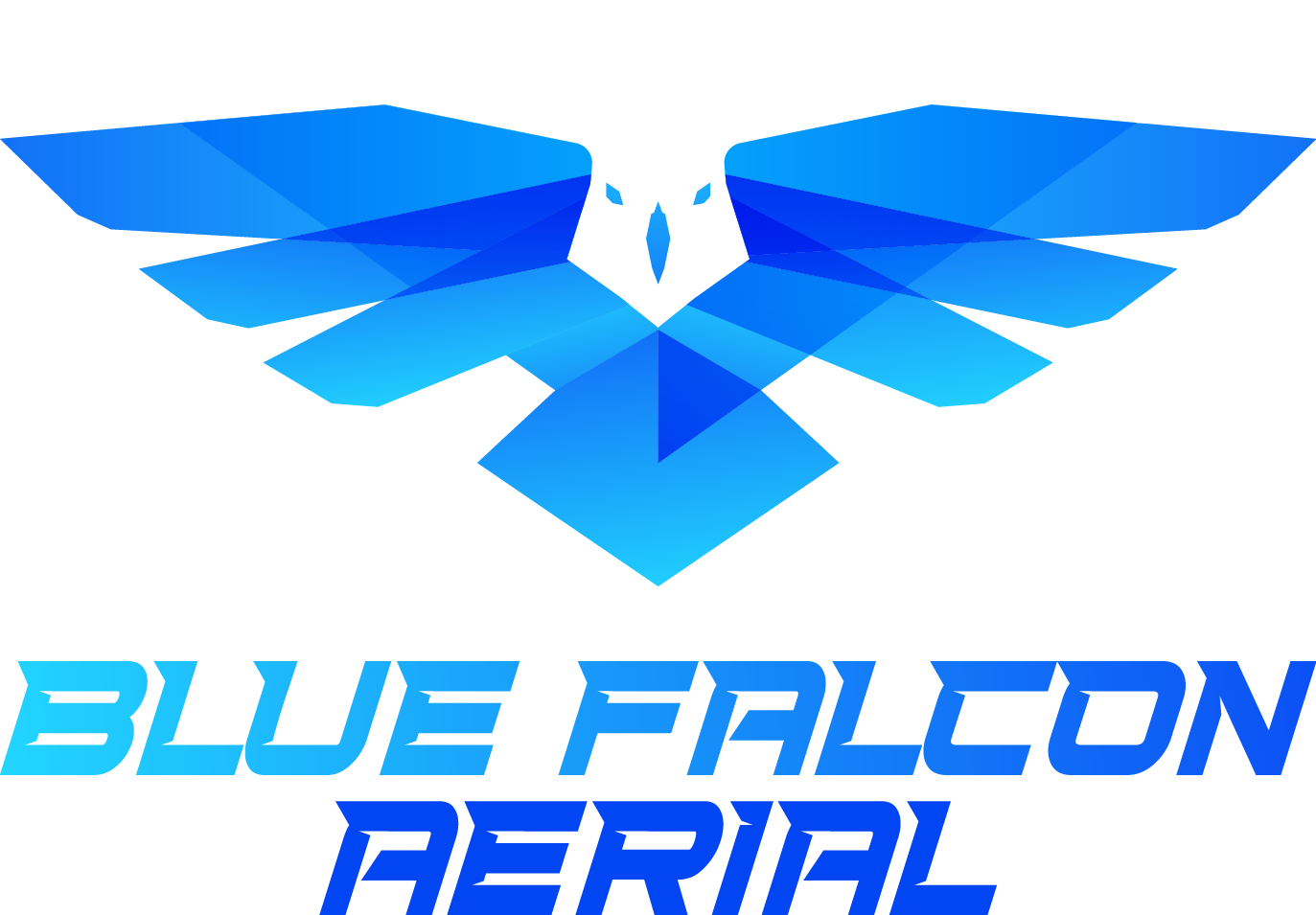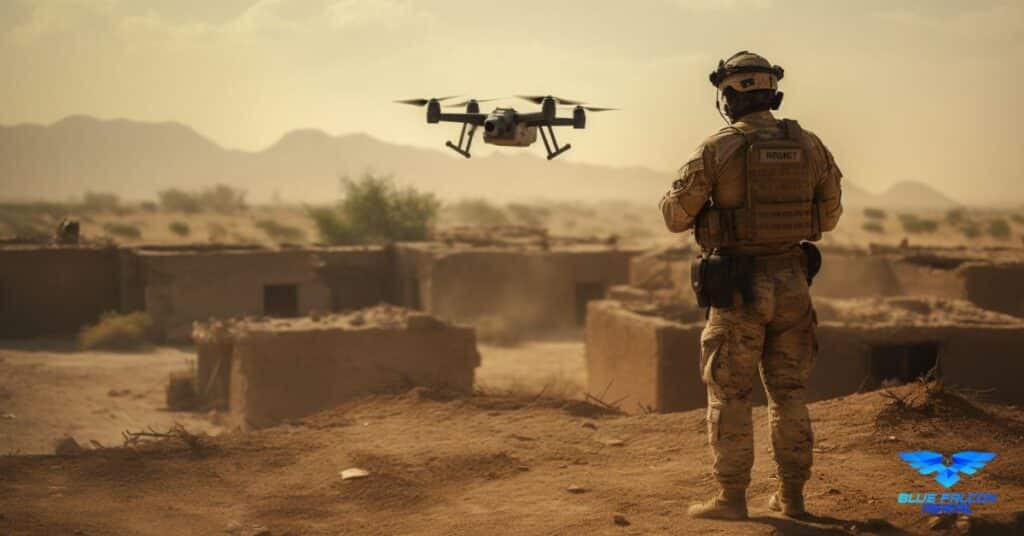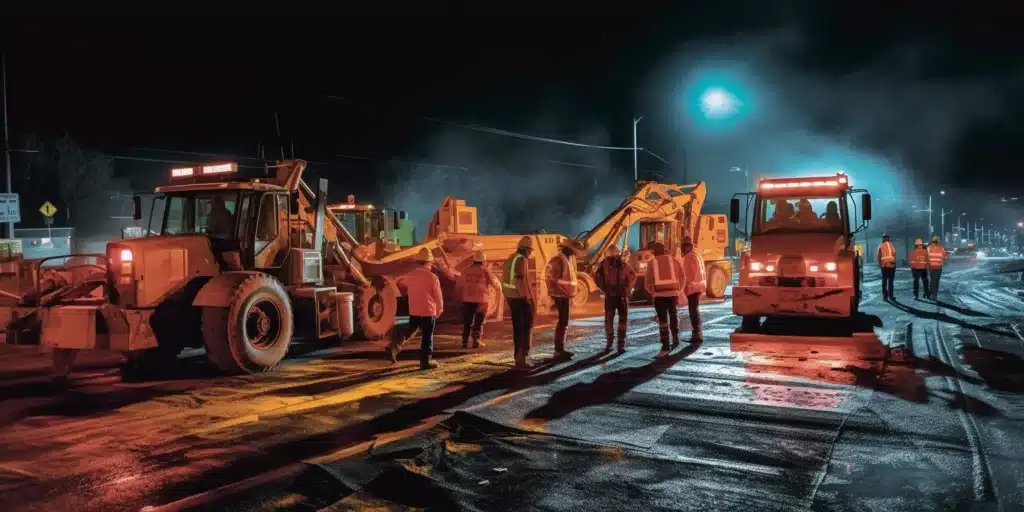Topographic surveying has been a cornerstone of civil engineering and land management for centuries. But as technology evolves, so do the methods we use to map our world. Enter the world of drones in topographic surveying. Unmanned Aerial Vehicles (UAVs) are revolutionizing the way we collect, analyze, and visualize topographic data, making it more efficient, accurate, and accessible than ever before. In this article, we’ll explore how drones are changing the game in topographic surveying and why professionals in various industries are turning to these versatile tools to streamline their operations.
Traditional Topographic Surveying Methods
Total Stations
Total Stations are electronic/optical instruments that have been the backbone of traditional topographic surveying for decades. These devices use a combination of electronic distance measurement (EDM) and angle measurements to calculate precise coordinates of surveyed points. The data collected by Total Stations is then processed and analyzed to create detailed topographic maps.
GPS/GNSS
Global Positioning System (GPS) and Global Navigation Satellite System (GNSS) technologies have also played a significant role in topographic surveying. GPS/GNSS receivers collect data from satellites orbiting the Earth to determine the precise location of points on the ground. This technology allows for faster data collection and increased accuracy compared to traditional methods. However, GPS/GNSS surveys can be affected by factors such as multipath errors and satellite signal obstruction, particularly in densely vegetated or urban areas.
Limitations and Challenges
Despite the advancements in traditional topographic surveying methods, there are still several limitations and challenges:
- Time-consuming: Traditional topographic surveying methods require considerable time and effort, particularly for large-scale projects.
- Labor-intensive: Total Stations and GPS/GNSS surveys often require multiple field operators, which can increase project costs.
- Accessibility: Difficult terrain, dense vegetation, and other environmental factors can limit access to survey areas and affect data quality.
Drones in Topographic Surveying
How are drones used in topographic surveying?
Drones, also known as Unmanned Aerial Vehicles (UAVs), have emerged as a game-changing technology in topographic surveying. Equipped with advanced sensors and cameras, drones can quickly and efficiently capture high-resolution images and data from the air. This aerial perspective allows surveyors to obtain accurate measurements and create detailed topographic maps with less effort and time compared to traditional methods.
UAVs and LiDAR
Light Detection and Ranging (LiDAR) is a remote sensing technology that uses laser pulses to measure distances and create highly accurate 3D models of the terrain. LiDAR sensors mounted on drones can capture dense point clouds even in challenging environments, such as densely vegetated or urban areas. This ability to penetrate vegetation and produce detailed topographic data sets drones with LiDAR apart from traditional surveying methods.
UAVs and Photogrammetry
Photogrammetry is another remote sensing technique that involves using high-resolution aerial images to create 3D models and topographic maps. Drones equipped with high-quality cameras can capture overlapping images, which are then processed using specialized software to generate accurate topographic data. Drone-based photogrammetry offers a cost-effective alternative to LiDAR and is suitable for various applications, including construction, agriculture, and mining.
Can drones do topography?
Absolutely! Drones have proven to be a highly efficient and accurate method for topographic surveying. By utilizing advanced technologies like LiDAR and photogrammetry, drones can capture detailed topographic data in a fraction of the time and cost of traditional methods. Additionally, drones can access hard-to-reach areas and overcome many of the limitations associated with traditional surveying techniques.
Accuracy of Drone Topographic Surveys
How accurate is a drone topographic survey?
The accuracy of drone-based topographic surveys is highly dependent on the sensors, equipment, and processing methods used. Generally, drone surveys can achieve centimeter-level accuracy or even sub-centimeter accuracy in optimal conditions. This level of precision makes drone surveys suitable for a wide range of applications, from construction and infrastructure planning to environmental monitoring and resource management.
Comparing drone accuracy to traditional methods
When compared to traditional surveying methods like Total Stations and GPS/GNSS, drones offer several advantages in terms of accuracy:
- Consistent data quality: Drones can capture high-resolution images and data consistently across the entire survey area, ensuring uniform accuracy throughout the project.
- Reduced human error: Drone surveys minimize human involvement in data collection, reducing the potential for errors caused by manual measurements or instrument setup.
- Improved data density: Drones equipped with LiDAR or high-resolution cameras can capture significantly denser data points, resulting in more accurate and detailed topographic maps.
Factors affecting accuracy
Several factors can impact the accuracy of drone topographic surveys:
- Sensor quality: High-quality sensors and cameras are crucial for achieving accurate results.
- Flight altitude and speed: Maintaining optimal flight altitude and speed ensures the best possible resolution and data quality.
- Weather conditions: Adverse weather conditions, such as high winds or poor visibility, can affect drone stability and data accuracy.
- Data processing techniques: Proper data processing and analysis, including ground control points and accurate georeferencing, are essential for producing reliable topographic maps.
Drones in Land Surveying
Can drones be used for land surveying?
Yes, drones have proven to be a valuable tool for land surveying. Their ability to quickly and accurately capture data from the air makes them an ideal solution for various land surveying tasks, including boundary surveys, topographic surveys, and site inspections.
Applications in land surveying
Drones have a wide range of applications in land surveying, such as:
- Boundary surveys: Drones can efficiently capture data to determine property boundaries and resolve disputes or encroachments.
- Topographic surveys: As mentioned earlier, drones can create highly accurate topographic maps, aiding in planning and development.
- Construction site monitoring: Drones can provide regular progress updates and identify potential issues, ensuring projects stay on schedule and within budget.
- Environmental assessments: Drones can monitor environmental conditions, track changes, and help evaluate the impact of human activities on the landscape.
- Mining and quarrying: Drones can assess stockpiles, measure excavation volumes, and monitor site safety.
Will drones replace surveyors?
While drones have significantly enhanced the capabilities of land surveyors, they are unlikely to replace human surveyors entirely. Drones serve as a valuable tool that complements the expertise and skills of professional surveyors. Surveyors still play a critical role in interpreting data, making informed decisions, and ensuring that drone surveys meet legal and regulatory requirements. In essence, drones empower surveyors to work more efficiently and deliver higher quality results.
Disadvantages of Drone Surveying
Limitations and challenges
Despite the numerous advantages of using drones for topographic and land surveying, there are some limitations and challenges to consider:
- Battery life: Limited battery life can restrict the duration of drone flights, potentially requiring multiple flights to cover large survey areas.
- Weather dependency: Drones can be sensitive to weather conditions such as high winds, heavy rain, or extreme temperatures, which may affect data accuracy or delay survey operations.
- Line-of-sight requirements: In many jurisdictions, drone pilots must maintain visual line-of-sight with the drone, which can limit the survey area or require additional ground-based observers.
Legal and regulatory considerations
Drone operations are subject to various legal and regulatory requirements, which can vary by country or region. Some common considerations include:
- Drone registration: Most jurisdictions require drone registration and may impose specific requirements for commercial drone operations.
- Pilot certification: Drone pilots may need to obtain certification or licensing to demonstrate their knowledge of drone safety and regulations.
- Flight restrictions: There may be restrictions on where drones can fly, such as near airports or in designated no-fly zones.
- Privacy concerns: Drones must operate within privacy laws and regulations, ensuring that they do not infringe upon the privacy rights of individuals or property owners.
Choosing the Right Drone for Surveying Land
What is the best drone for surveying land?
Selecting the best drone for surveying land depends on several factors, including the project’s specific requirements, budget, and desired level of accuracy. Key features to consider when choosing a drone for surveying include flight time, payload capacity, sensor quality, and software compatibility.
Popular drone models and sensors
Some popular drone models and sensors for land surveying include:
- DJI Phantom 4 RTK: This drone features a high-resolution camera and integrated RTK (Real-Time Kinematic) GPS receiver, making it suitable for photogrammetry-based surveying.
- senseFly eBee X: The eBee X is a fixed-wing drone designed for long-range surveying and mapping applications. It can be equipped with various sensors, including RGB cameras, multispectral cameras, and thermal cameras.
- Parrot Anafi USA: The Anafi USA offers a rugged design and a high-resolution camera with a 32x zoom, making it ideal for detailed inspections and photogrammetry.
- DJI Matrice 300 RTK: This versatile, heavy-lift drone can be configured with a range of sensors, including LiDAR, high-resolution cameras, and multispectral cameras, allowing for customized surveying solutions.
How to start drone surveying
To begin using drones for surveying land, follow these steps:
- Research local regulations: Understand the legal and regulatory requirements for drone operations in your area.
- Choose the right drone and sensors: Select a drone and sensors that meet your project’s specific needs and budget.
- Obtain necessary certifications: Ensure that the drone pilot has the required certifications or licenses, if applicable.
- Plan your flights: Carefully plan your flight missions, taking into account factors such as flight altitude, speed, and overlap to optimize data quality.
- Process and analyze data: Use specialized software to process and analyze the data collected during drone flights, and create accurate topographic maps or 3D models as needed.
Cost of Drone Surveying
How much does the average drone survey cost?
The cost of drone surveying varies depending on factors such as the size and complexity of the project, the equipment and sensors used, and the level of accuracy required. On average, drone surveying can range from a few hundred dollars for small projects to several thousand dollars for large-scale or complex surveys.
Factors affecting drone survey pricing
Several factors can influence the cost of drone surveying. In addition to project size and complexity, equipment and sensors, and data processing and analysis, other factors that can impact pricing include:
Type of deliverables: Depending on the client’s requirements, different types of deliverables may be needed. For example, some clients may only need high-resolution orthomosaic maps, while others may require Digital Surface Models (DSM), Digital Terrain Models (DTM), contour maps, or point clouds. The type and number of deliverables requested can significantly affect the cost of the project.
Accuracy requirements: Projects with more stringent accuracy requirements may necessitate the use of higher-quality sensors, more advanced data processing techniques, or additional ground control points, all of which can increase the cost of the survey.
Geographic location and accessibility: Projects in remote or difficult-to-access locations may require additional time, resources, or specialized equipment, potentially increasing the overall cost. Additionally, the logistics of getting to the survey site and any associated travel expenses can also impact pricing.
Permitting and regulatory compliance: Depending on the project location and local regulations, obtaining necessary permits or ensuring compliance with specific rules may increase the time and resources required, which can influence the overall cost.
By understanding the various factors that can impact drone survey pricing and the different deliverables available, clients can make informed decisions about the type of drone survey that best meets their needs and budget constraints.
Cost per acre and potential earnings
Drone surveying costs are often calculated on a per-acre basis, which can range from $1 to $500 per acre, depending on the factors mentioned above. This pricing structure makes it easy to estimate the cost of a survey based on the size of the area to be surveyed. For surveyors offering drone surveying services, this can translate into substantial potential earnings, especially for large-scale projects.
Partnering with Blue Falcon Aerial for Your Topographic Projects
If you’re looking for a reliable and professional drone surveying solution, consider outsourcing your topographic projects to Blue Falcon Aerial. With a team of experienced drone pilots and surveyors, Blue Falcon Aerial offers a range of deliverables to meet your specific needs, including:
- High-resolution orthomosaic maps: Detailed aerial maps stitched together from individual images, providing an accurate representation of the surveyed area.
- Digital Surface Models (DSM): 3D models of the terrain, including buildings and other structures, allowing for accurate volume measurements and elevation data.
- Digital Terrain Models (DTM): 3D models of the bare earth, with all above-ground features removed, providing a clear view of the underlying topography.
- Contour maps: Topographic maps with elevation contour lines, useful for planning and development.
- Point clouds: Dense 3D representations of the surveyed area, generated from LiDAR or photogrammetry data, suitable for detailed analysis and modeling.
By partnering with Blue Falcon Aerial, you can enjoy several benefits, such as:
- Access to state-of-the-art drone technology and high-quality sensors, ensuring accurate and reliable results.
- Fast turnaround times, enabling you to complete projects more efficiently and meet tight deadlines.
- Cost-effective solutions that can save you time and resources compared to traditional surveying methods.
- Compliance with legal and regulatory requirements, ensuring your drone surveys meet the necessary standards.
In conclusion, the integration of drones in topographic surveying has been a game-changer, providing numerous benefits over traditional methods. With increased efficiency, cost savings, improved accuracy, and enhanced safety, it’s no surprise that drones are becoming the go-to solution for topographic surveys across various industries.
If you’re interested in learning more about how drone technology can further improve the surveying process, don’t hesitate to explore Aerial LiDAR 101: An Introduction to its Applications and Benefits. This comprehensive guide will provide you with invaluable insights into the world of aerial LiDAR technology and its many applications.
Should you require any drone services for your next topographic survey project, feel free to contact Blue Falcon Aerial. Our team of experts is ready to assist you with cutting-edge drone technology and unmatched expertise, ensuring that you get the accurate, high-quality data you need to make informed decisions.




